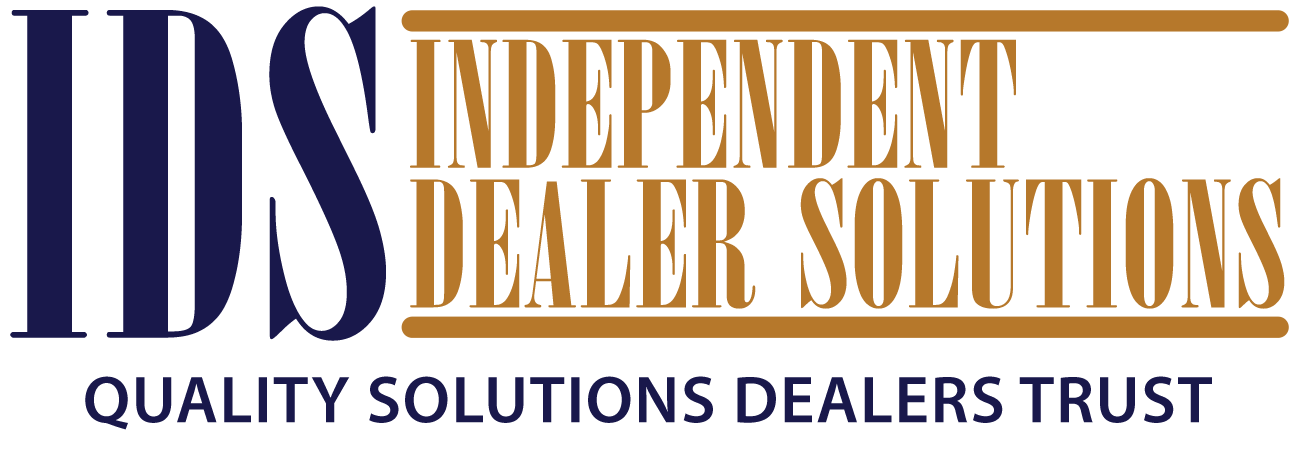As new-car sales dropped during the last year due to supply-chain disruptions, so did vehicle trade-ins, leaving dealers to face an unprecedented shortage of used-car inventory. But dealers have been extremely resilient in the face of yet another round of adversity. Here Dennis McGinn, the chief executive officer of Rapid Recon, and Cam Hitchcock, the chief executive officer of America’s Group (which owns America’s Auto Auction), explain how dealers keep putting car buyers behind the wheel of used vehicles by adopting new strategies and technologies.
Q: Elevated wholesale used-vehicle prices and a lack of available used inventory have been lingering pain points for dealers for more than a year. When do you think the market will normalize?
Dennis McGinn: Used-car retail sales have slowed due to consumer confidence, with the average days-to-turn at 42 days, notes Paul Machin, U.S., and international director of strategic accounts at Black Book. Listed used inventory for sale is down 11 percent compared to January 2021. The lion’s share of potentially returning new and used vehicles from consumers is expected to average 7.4 million units from 2023 to 2025. Another 6.6 million units will become available from other sources. From 2017-2019, we averaged 8.4 million units from lease returns, repossessions, rental returns, and other fleets.
Cam Hitchcock: Many factors are in play in today’s market. Considering we have just officially entered a “bear” stock market, it is hard to say. Most likely when wholesale prices return to within 10 percent of “normal,” dealers will have more confidence to carry more inventory. With production challenges and disruptions in the wholesale marketplace, I wouldn’t expect much relief in the next year or more.
Q: What strategies are savvy dealers adopting to boost their ability to find and acquire used cars? Have you heard of any truly outside-the-box methods that have worked?
Hitchcock: We believe that dealers are the most innovative group within the remarketing ecosystem. They will continue to adapt in order to obtain the inventory they need. One outside-of-the-box method being discussed is what’s known as wholesale/retail blurring in the remarketing arena. At the recent National Auto Auction Association (NAAA) convention, we discussed this phenomenon and how it could affect dealers sourcing used vehicles. This hybrid model is growing internationally and will eventually make its way to the United States. Like the push for electric vehicles, dealers will prepare and adapt.
McGinn: According to Black Book, today’s used-vehicle supply includes vehicles up to 8 years old. The average car on the road today is 12 years old, reports S&P Global Mobility. In response, dealers increasingly turn to buying centers and digital acquisition tools to connect them with private sellers and auctions everywhere. The more afield this sourcing, the longer the transportation time to the dealership, which burdens reconditioning time and expenses for these cars. Dealers will want to keep this factor in mind as they consider reconditioning investment and vehicle pricing. A dealer’s money is wrapped up in acquisition costs and cannot be released until the car is sold. Reducing this time-to-line dynamic, a key performance indicator, becomes more critical when transportation times increase. For locally sourced vehicles, dealers that get them front-line ready within three to five days will reduce holding, internal parts, and labor costs. Speed-to-sale times influence vehicles’ profit potential and consumer affordability in any market.
